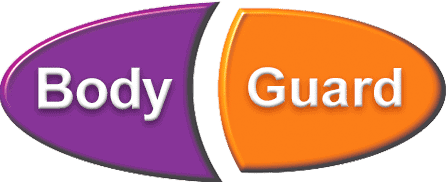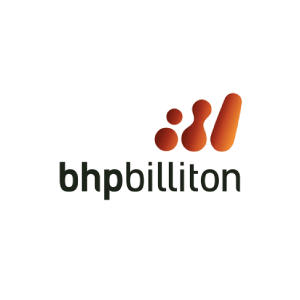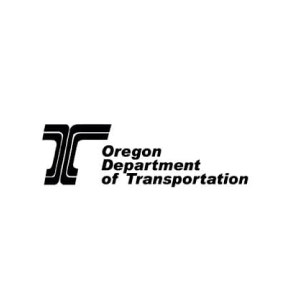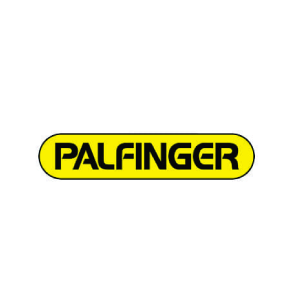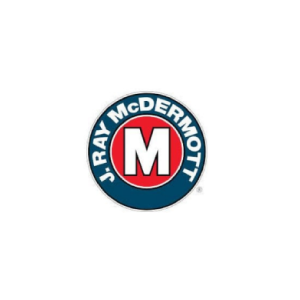Pedestrians and Vehicle interaction: Forklifts and pedestrians must share the working spaces within the typical warehouse/logistics environment. Many of these workplaces have blind spots, obstacles, and poor visibility. In addition to these environmental factors,...
BodyGuard Safety Solutions Blog
160 Australian lives lost: Warehouse Safety Risks
Australian Warehouse Safety In 2022, 160 Australians lost their lives as a result of work-related accidents, the majority of these coming as the result of vehicle-related collisions (car, truck, tractor etc.) Then there is the additional cost of non-fatal accidents,...
100% Australian solution: How to keep pedestrians a safe distance from forklifts
Forklift to pedestrian segregation The interplay between forklifts and pedestrian staff within a warehouse environment can create a series of potential risks if not managed with proper safety protocols. Here are some of the most significant hazards: 1. Collisions: The...
Improve pedestrian safety in recycling yards
In 2022, 160 Australians lost their lives as a result of work-related accidents, the majority of these caused by vehicle-related collisions (car, truck, tractor etc.) Then there is the additional cost of non-fatal accidents, with over 130,000 serious accident claims...
Improving pedestrian safety for public workers
Dangers for pedestrian public workers The safety of public workers across Australia is paramount, especially considering the risks they face in their line of work. One significant concern is the potential for accidents involving work vehicles and pedestrian workers....
2023 Safework forklift safety blitz: are you ready?
Amid the rising number of accidents and fatalities involving forklift operations, SafeWork NSW has taken a significant stand. Their regulatory commitment for 2023 emphasizes improving forklift safety standards. This move, in response to the 650 incident notifications...
Common Construction Site Safety Hazards And How To Avoid Them
Workplace safety on construction sites is a critical concern for both employers and employees. It is not just about protecting people; it's about creating a productive, efficient, and responsible culture. Unfortunately, in Australia, the statistics on work-related...
7 ways to improve forklift pedestrian safety in warehouses
Warehouse forklift safety introduction Operating an industrial truck such as a forklift is a vital responsibility for any warehouse or manufacturing facility. Not only must the driver be competent and trained, but the safety of pedestrians in the work area is also...
100% Australian Pedestrian Safety Warning System
Imagine a world where pedestrians can walk near mobile plants without fear, and operators can focus on their tasks knowing that the safety of those around them is taken care of. Welcome to the future of pedestrian safety with the Bodyguard Pedestrian Safety Warning...
Ensuring Worksite Safety with our Advanced Collision Avoidance System
Imagine a bustling worksite operating smoothly and safely, all thanks to an advanced system vigilantly overseeing pedestrian safety. Welcome to the future of worksite safety with our groundbreaking Pedestian collision avoidance safety system. The core of this...
WANT A FREE CONSULTATION?
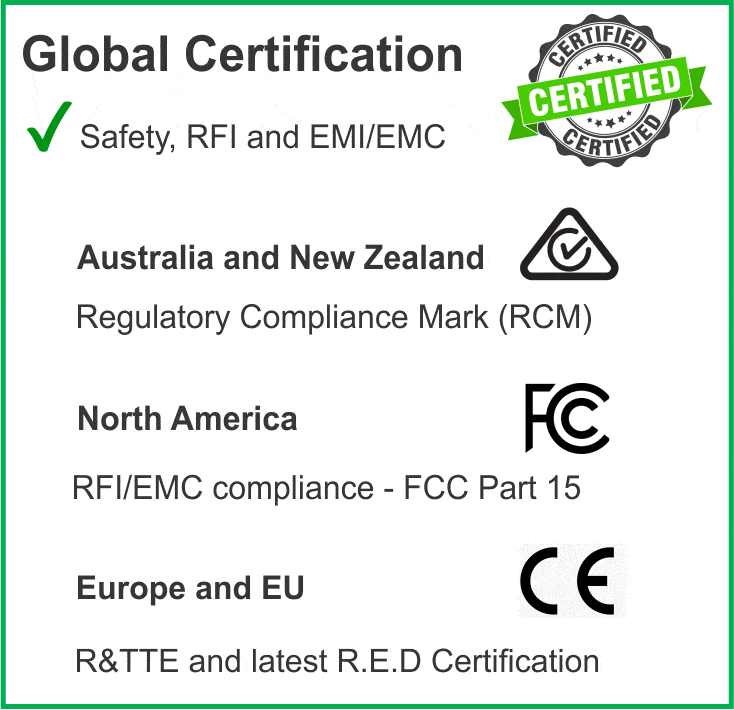
Our Safety Solution
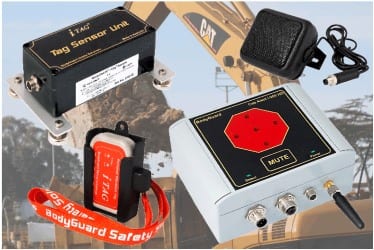
BodyGuard i-Tag Proximity Warning System
Dirt clouds, smoke and dust. Heavy industrial vehicles. Blind spots. Pedestrian employees everywhere. Mix them together and the potential for costly onsite accidents are sky high.
The BodyGuard i-Tag is a pedestrian Proximity Warning system designed to help stop your vehicle operWators and pedestrian staff from colliding into each other, even when visibility is poor. It will help you manage risk, promote safety at work and protect your people.
Our Clients
These are some of the companies that use the Bodyguard i-Tag for safety at work.
